3. Possibly the largest predatory mammal. Based on skull size, Andrewsarchus could grow up to 4 metres long and weigh over 1,000 kg, making it one of the largest carnivorous mammals that ever lived. Photo: Pinterest. |
1. Only one skull was found. All of our knowledge of Andrewsarchus comes from one fossil skull unique, discovered in 1923 in Mongolia. Photo: Pinterest. |
2. Named after an explorer. The species is named after Roy Chapman Andrews, an American explorer and paleontologist who led the excavation that discovered it. Fossil of Andrewsarchus Photo: Pinterest. |
4. Not a relative of dogs or cats. Despite its giant wolf-like appearance, Andrewsarchus was actually more closely related to modern whales and hippos. Photo: Pinterest. |
5. Strong teeth to crush bones. The skull of Andrewsarchus shows that it had extremely strong teeth, capable of crushing the bones and hard shells of its prey. Photo: Pinterest. |
6. It is not clear whether the animal is a carnivore or an omnivore. Some scientists believe that Andrewsarchus not only hunted prey but also ate carrion and plants, making it possibly omnivorous rather than purely carnivorous. Photo: Pinterest. |
7. Lived about 45 million years ago. Andrewsarchus lived during the Eocene epoch, about 45 million years ago, when the Earth had a warmer climate and the continents were in different positions than they are today. Photo: Pinterest. |
8. There are still many unsolved mysteries. Because only a single fossil skull has been found, scientists still don't know exactly what Andrewsarchus' body shape and lifestyle were like, making it one of the most mysterious prehistoric animals. Photo: Pinterest. |
Dear readers, please watch the video : Moments when "huge" animals still cling to their mothers. Video produced by Knowledge & Life Newspaper.
Source: https://khoahocdoisong.vn/suc-manh-khung-khiep-cua-loai-thu-san-moi-lon-nhat-tung-ton-tai-post267223.html


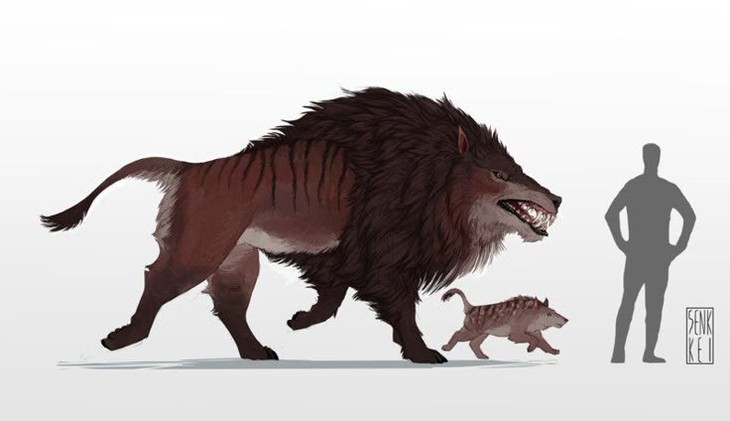
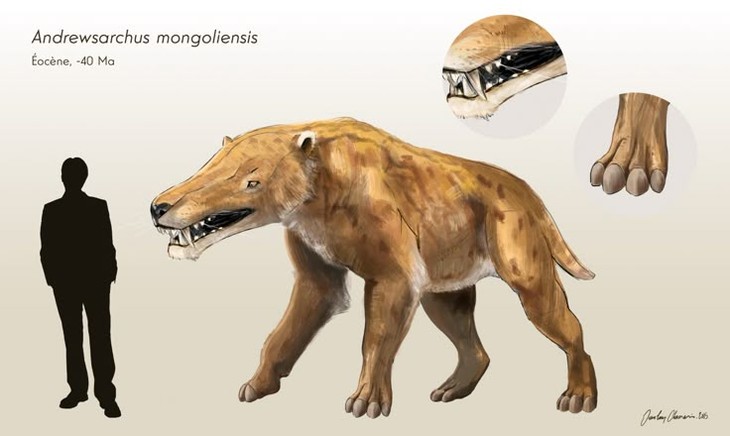
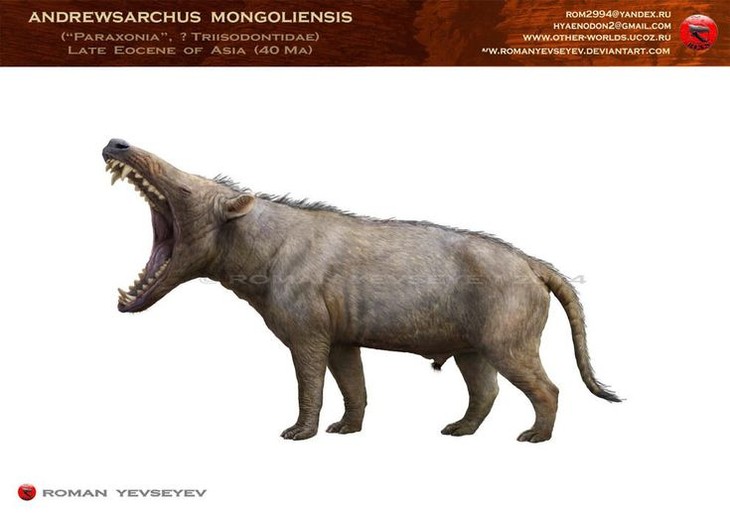
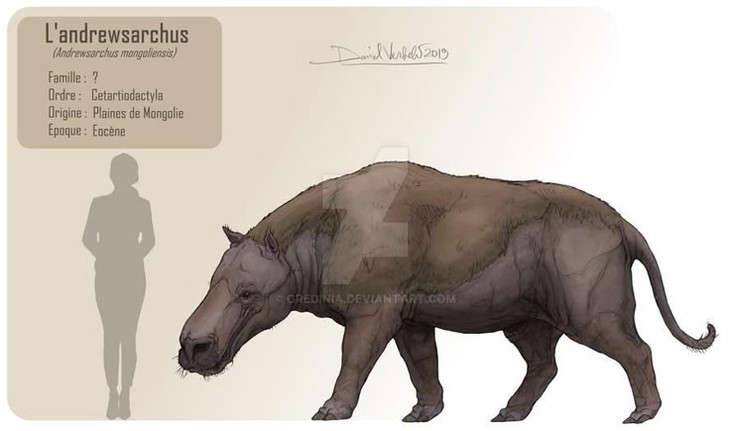
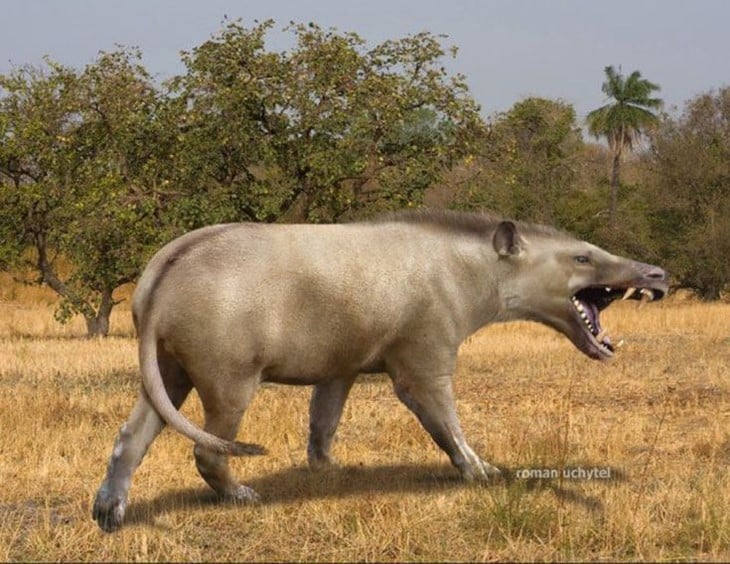
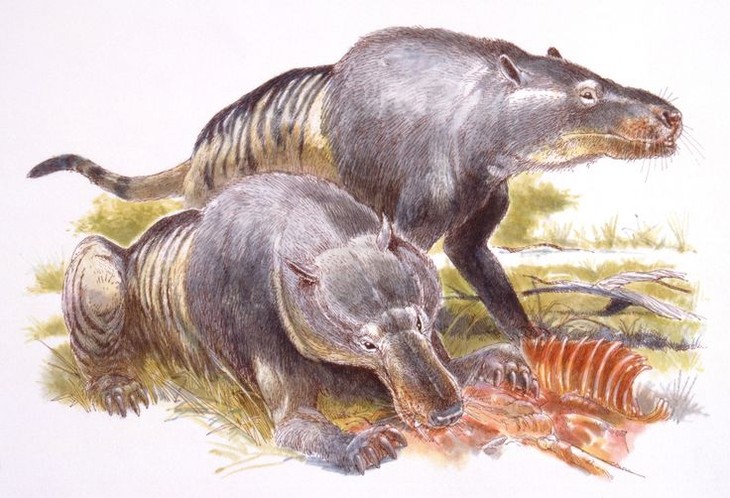
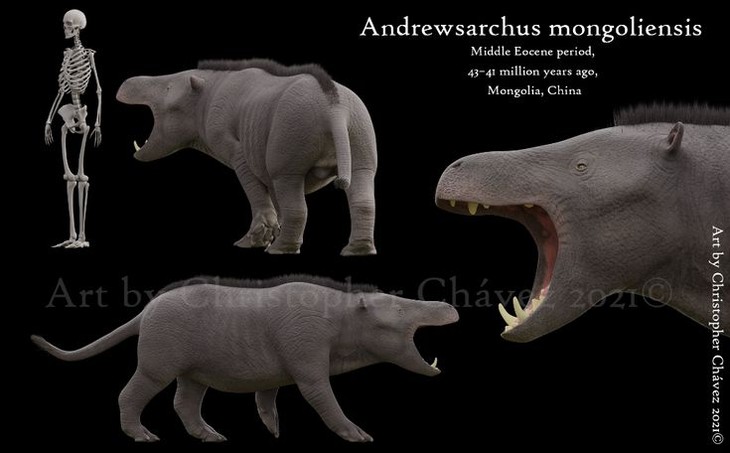
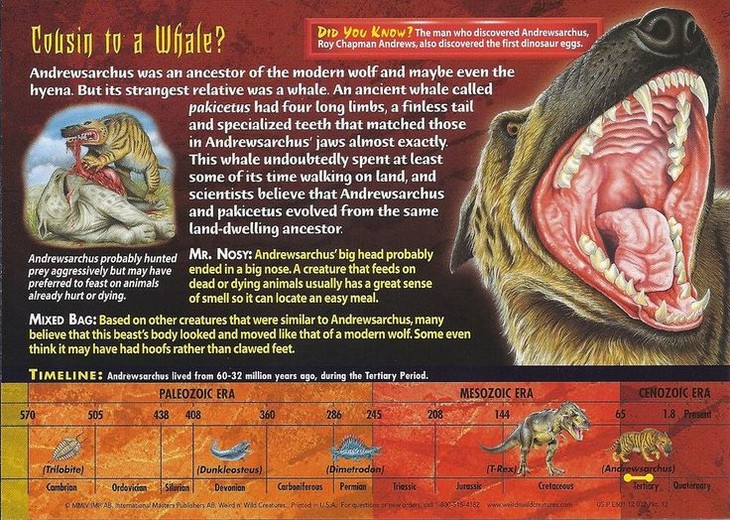

































































































Comment (0)